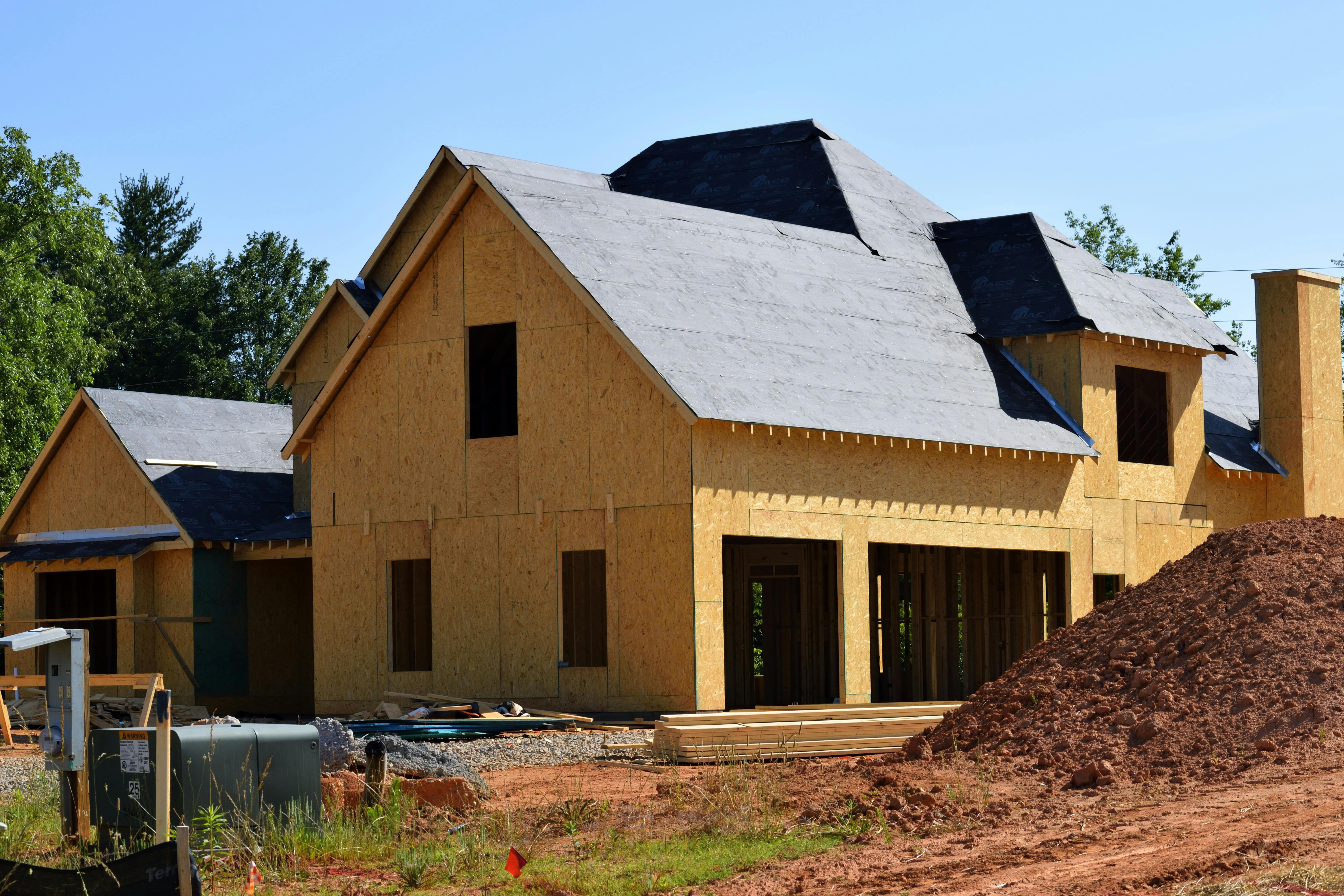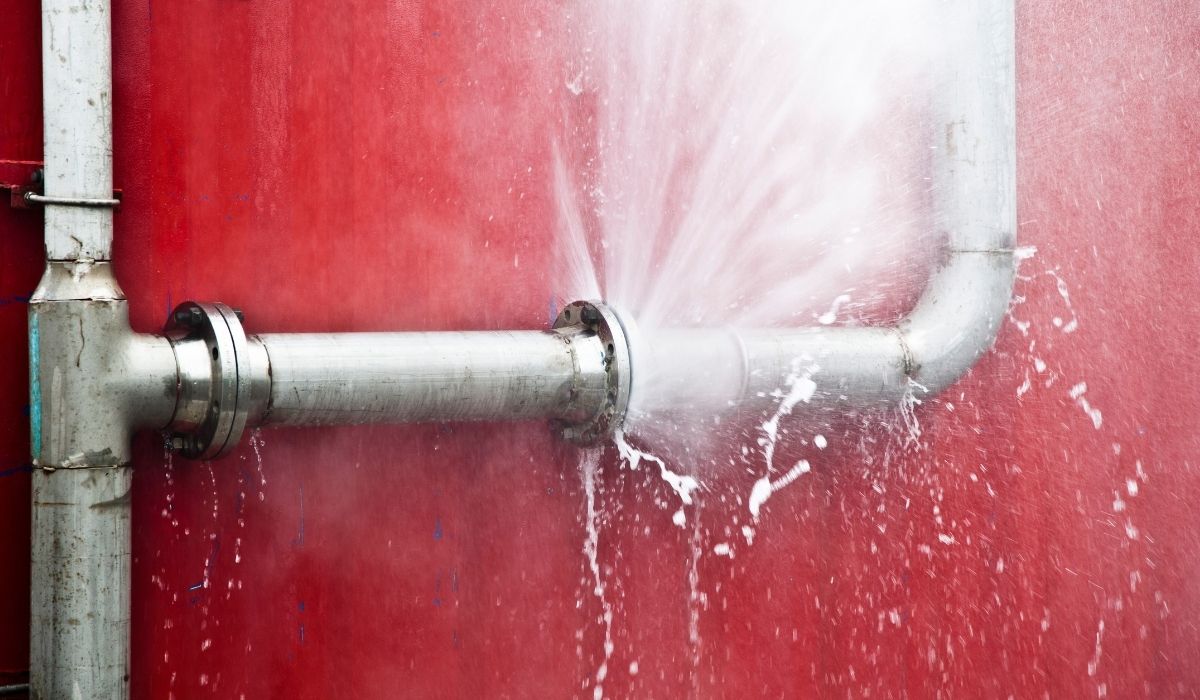Mold in New Construction: A Simple Guide
Finding mold in new construction can be a surprise. Many people think mold only grows in old or wet buildings. But mold can grow even in brand-new homes. If moisture gets in during or after construction, mold can start to grow fast.
Let’s break down why mold happens in new homes, how to spot it, and what to do about it—all in easy-to-understand language.

What Is Mold?

Why Does Mold Grow in New Homes?
Rain During Construction
If rain falls on exposed lumber, drywall, or foam insulation, mold can start to grow before walls are even closed up.
Roof Leaks
If the roof isn’t sealed right or the window flashing is off, water can get inside and sit there. That creates the perfect space for mold.
Poor Drainage
Bad drainage around your house means water can collect near your foundation, basement, or crawl space. This water can sneak into walls and floors.
Humidity and Moisture
High humidity or moisture in the air from plumbing or air conditioning problems can lead to mold. Condensation on ducts or windows is a warning sign.
Improper Ventilation
No or poor ventilation in attics, bathrooms, or basements traps wet air inside. That increases indoor air quality problems and leads to mold.
Where Mold Hides in New Homes
Mold loves to hide. Even in a new build, you might find mold in places like:
Attic
Poor airflow or roof leaks let water collect. Look for mildew, dark spots, or a musty odor.
Basement and Crawl Space
These are cool, damp areas. Water from floods, drainage problems, or even dew forming on cold surfaces creates the perfect mold home.
Bathroom
Bathrooms get steamy. Without fans or proper ventilation, mold can grow on walls, floors, or ceilings.
Behind Drywall
If the drywall or wood got wet during construction, mold can hide behind it—even if the wall looks okay on the outside.
Around Windows
Poorly sealed windows let in water, which causes mold on walls or floor edges.
How to Spot Mold in a New Home
Even if you can’t see it, mold gives clues:
Musty or earthy odor
Black, green, or white stains
Allergies, coughing, or asthma getting worse indoors
Condensation on windows, ducts, or ceilings
What to Do If You Find Mold
Don’t panic. Here’s what to do:
Step 1: Inspection
Hire a mold inspection expert. They can find mold, even in hidden places.
Step 2: Stop the Water
Fix any leaks, plumbing issues, or drainage problems first. You can’t stop mold without stopping water.
Step 3: Mold Removal
Depending on how much mold is found, you might need full mold remediation. This could include removing drywall, lumber, or cleaning ducts.
Step 4: Use Barriers and Protection
To stop future mold, use vapor barriers, spray foam insulation, or waterproof concrete coatings.
Preventing Mold in New Construction
Stopping mold before it starts is best. Here’s how:
Keep Materials Dry
Protect wood, drywall, and foam during construction with tarps or sealants. Don’t install wet materials.
Seal the Building Envelope
A tight building envelope (walls, roof, windows) keeps water and moisture out.
Add Proper Ventilation
Install good fans in bathrooms, attics, and basements to keep air moving.
Control Humidity
Use a dehumidifier to keep the home’s air under 50% humidity. This stops mold growth.
Use Mold-Resistant Products
Pick mold-resistant drywall, paints, and insulation for wet areas.
Mold and Your Health
Mold can be dangerous. It affects indoor air quality and can cause:
Asthma attacks
Coughing or itchy eyes
Skin rashes
Trouble breathing
Worsening allergy symptoms
If you feel sick at home but better when you leave, mold could be the cause.
What Builders Should Do
If you’re building a house, make sure your contractor:
Covers building materials during rain
Uses sealed windows and doors
Includes moisture barriers and drainage
Installs working fans and vents
Checks for condensation or dew point problems
How Mold Affects Home Value
A home with mold is harder to sell. Mold lowers the value, and buyers might worry about water damage or poor construction. Fixing mold the right way helps protect your investment.

FAQs Mold in New Construction
Can mold grow even if my home is new?
Yes! Mold doesn’t care how old the home is. If there’s moisture, mold can grow on new wood, drywall, or foam insulation.
How fast can mold grow in new construction?
Mold can start growing in just 24 to 48 hours if rain or water isn’t dried quickly during building.
Is mold in a new home dangerous?
Yes. Mold can hurt your health and make asthma or allergy symptoms worse. It can also damage drywall, flooring, and other materials.
How do I stop mold during construction?
Keep everything dry. Use covers during rain, install good drainage, and make sure the building envelope is sealed tight.
Do I need a professional for mold removal?
For big problems, yes. A professional can safely remove mold and fix moisture problems for good. This is called mold remediation.



